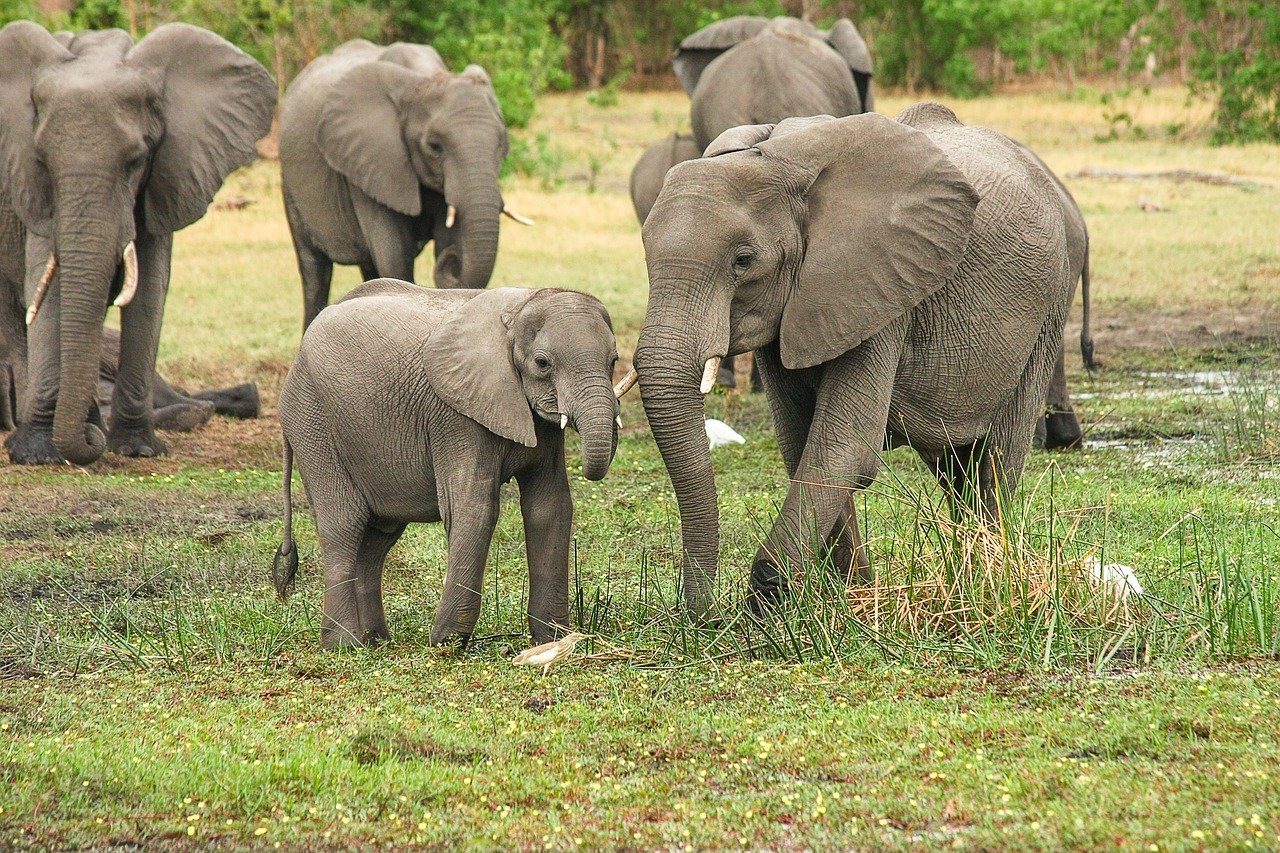
Elephants, the largest land animals on the planet, are among the most enthusiastically expressive of the fauna. Joy, anger, sorrow, compassion, love; the best feelings reside within these hulking land animal.
What is Seismic Communication and how they do it?
O’Connell-Rodwell’s research focuses on seismic communication between elephants. Over the years, their work has shown that African elephants exchange information by emitting low-frequency sounds that travel dozens of miles beneath the ground on the savannah. The sound waves come from the animals’ huge vocal cords, and distant elephants “hear” the signals with their highly sensitive feet. Sound waves travel through the ground and into the air. By triangulating the two types of signals using both ears and feet, elephants can tune the direction, distance, and content of the message. It would be like counting the difference between thunder and lightning,” she said.
According to O’Connell-Rodwell, seismic communication is main factor to understanding the complex dynamics of elephant communities. There are seismic messages that are sent passively, such as when elephants follow in each other’s footsteps. More proactive announcements include alarm cry for the flock, mating calls and navigation instructions.
